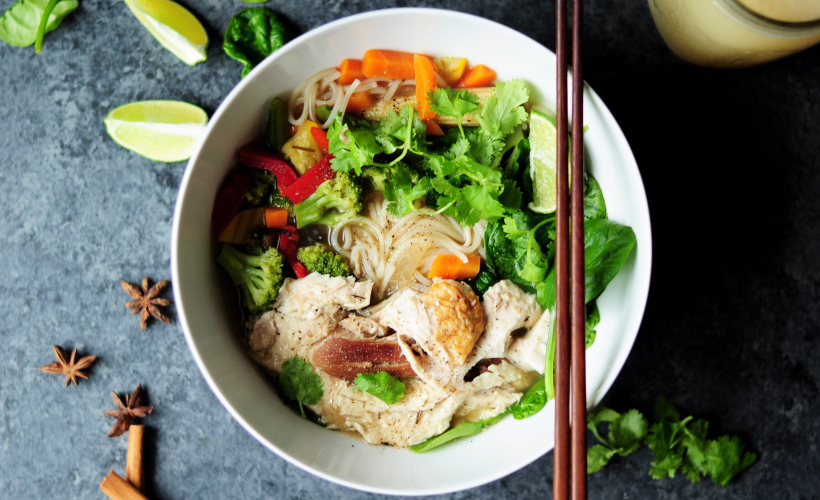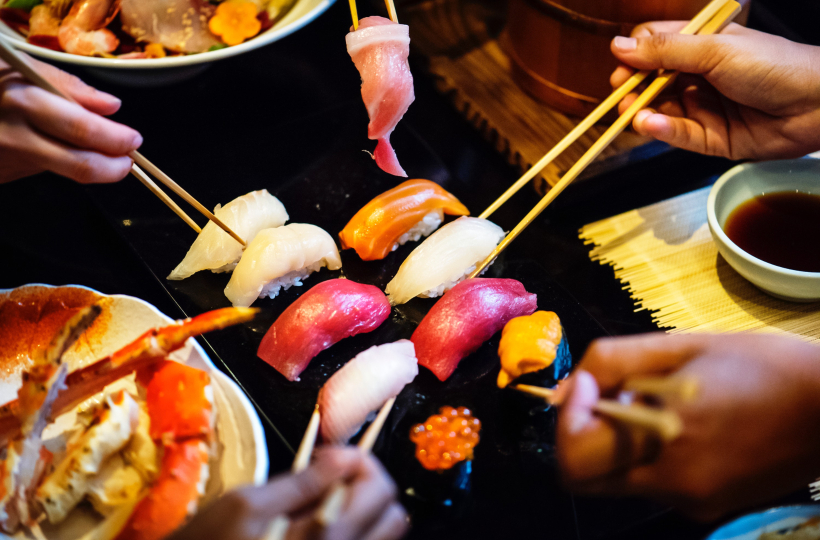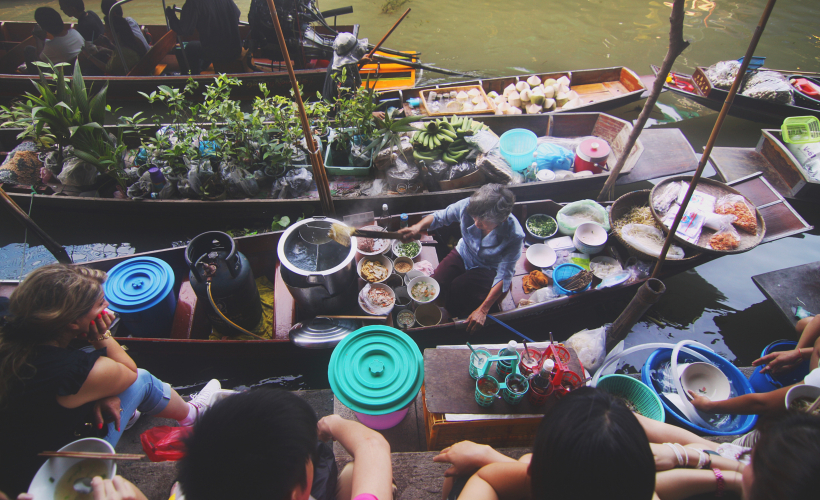
Experiencing all that Lao cuisine has to offer is not an experience for the faint of heart. Typically spicy and citrusy, Lao food can come as quite a shock for the palate. Apart from their distinct fermented fish sauce, you’ll also find insects ranging from silk worms to ants and crickets on many menus. But for the less adventurous, don’t worry – here’s a short list of the less risky foods you can (and should) try.
Laap
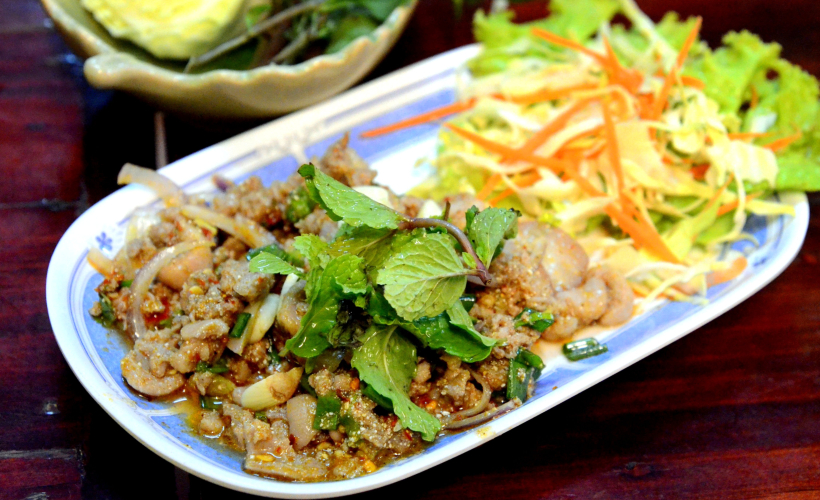
Often time transliterated as larb, laap is Laos’ national dish. This minced meat salad is made with raw or cooked beef, pork, or fish in citrus juice, flavoured with chilis, garlic, mint, onion, and padek (Laos’ famous fermented fish sauce). Cooked laap dishes are listed alongside the raw ones on menus so be sure to double and triple check what you’re ordering. No meat seems to be off limits either as duck, buffalo, and chicken laap are also readily available in restaurants and at roadside stands.
Black Sticky Rice
Also known as khao gum or purple sticky rice, this healthier grain of glutinous sticky rice is sweeter than its white counterpart, and is commonly used in desserts. Sticky rice is a staple in the Laotian diet, and you’ll see it served with breakfast, lunch, and dinner. If you’re up for a beer, you’ll be glad to know that the Heineken Lao Brewery makes a black rice beer called Namkhong Special. Also referred to as beer khao khum which means black rice beer, look out for these 640ml bottles in Vientiane.
Grilled River Fish
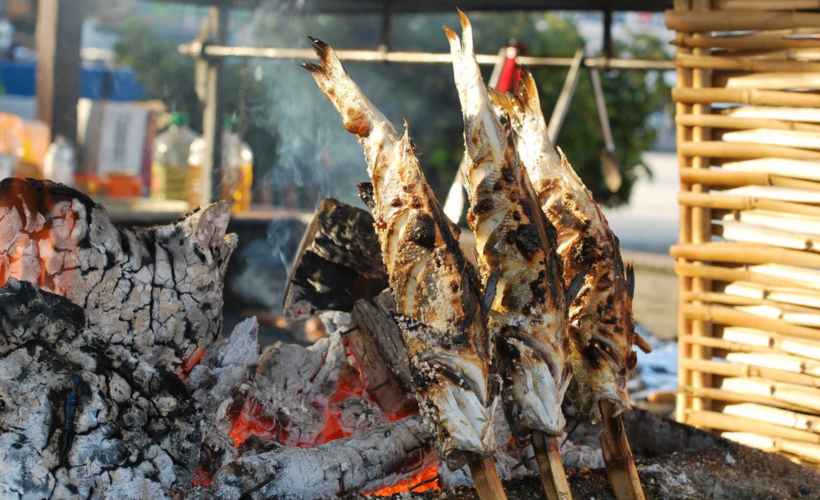
Follow the aroma of baked fish at evening food markets in Luang Prabang, or at the riverside open air evening cafes along the Mekong in Vientiane for this one. The landlocked Laos has no shortage of freshwater seafood caught in its many rivers, so grilled river fish is in abundance. Stuffed with lemongrass, herbs and spices, the fish is generously covered with salt and then grilled over coal whole. The flakey fish is often eaten by hand, with the meat flaking apart and then wrapped with lettuce, sticky rice and sauces. The fish is not deboned, so look out for that as you dig in.
Tam Mak Hoong
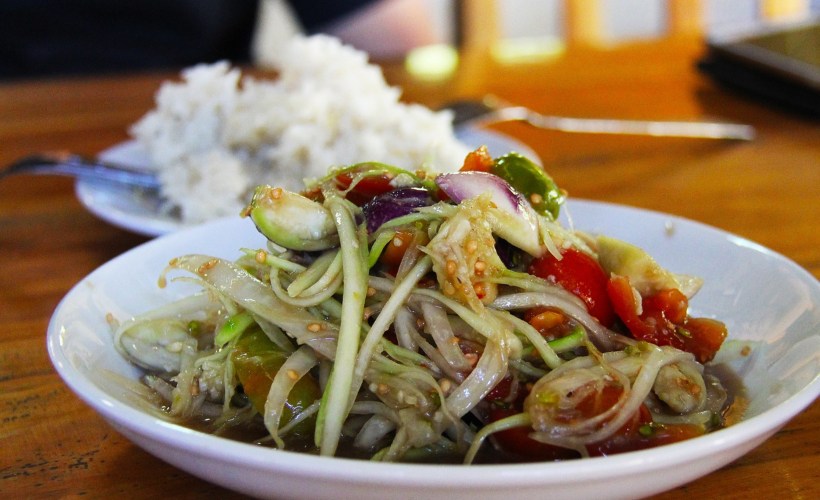
Also known as green papaya salad, tam mak hoong is made with young, unripe green papayas. Not your average fruit salad, the papayas are chopped into long thin strips and mixed with padek, lime, chilis, salt and sugar to give it a spicy and savoury flavour. All of the ingredients are pounded with a mortar and pestle, giving rise to its Lao name tam mak hoong, or when translated, pounded papaya. Now if the dish and its preparation sounds or looks familiar to you, that would be because it’s called som tam in Thailand and gỏi đu đủ in Vietnam. Like most dishes in Southeast Asia, the green papaya salad and its true origin were not recorded and now shares its popularity across three countries.
Khao Piak Khao
Commonly served as a hearty breakfast dish, khao piak khao should not be confused with khao piak sien, the Lao version of chicken noodle soup. Often also topped with roasted garlic and an assortment of herbs, this rice soup (or congee) comes with large chunks of pork leg or pork belly, along with your choice of either a hard boiled or poached egg.
Mok Pa
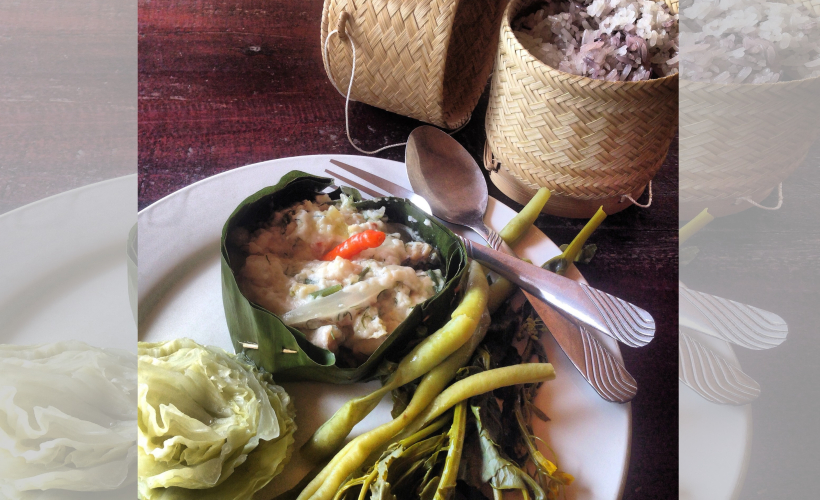
A delicious fish recipe originating from Luang Prabang, mok pa is an aromatic mixture of onions, garlic, and herbs packed together with slices of fresh fish fillets and steamed in banana leaves. The mok pa is a favourite amongst the locals and is widely available in restaurants and even street vendors.
Get all the latest travel stories from Zafigo. Follow us on Facebook, Twitter, and Instagram.

